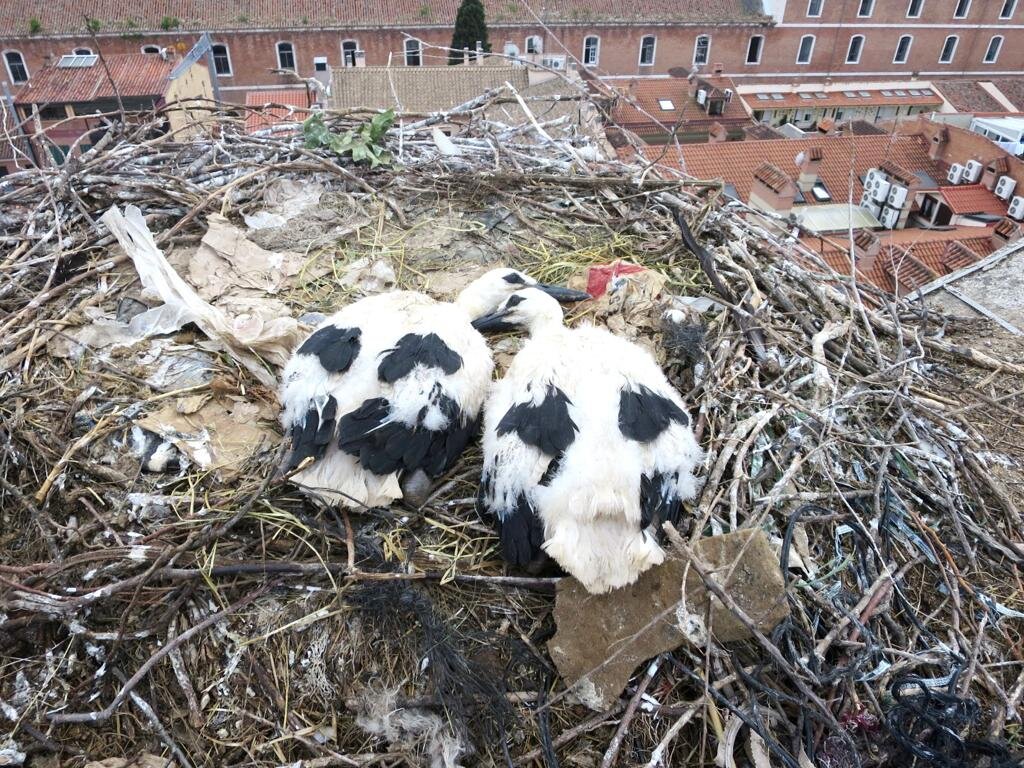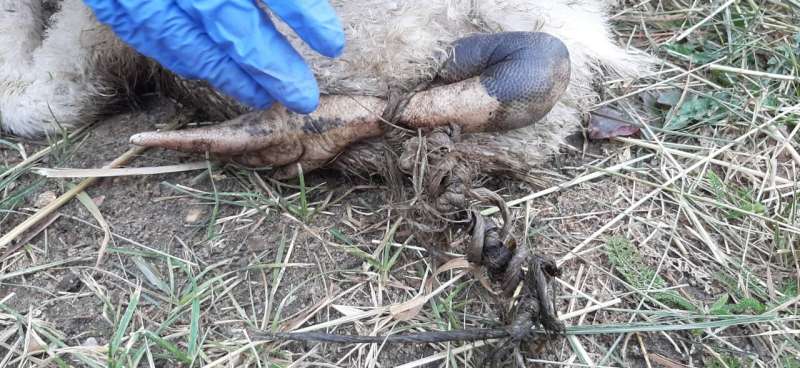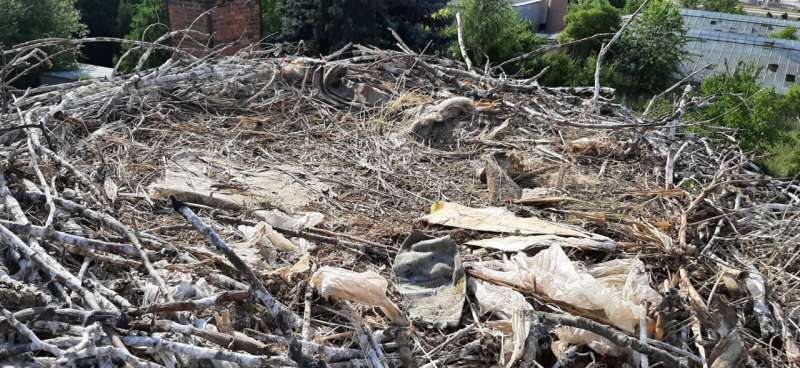
The environment receives a significant amount of discarded plastic and man-made materials, which are often collected by birds. Recent research has revealed that 176 bird species from around the world now use a wide range of human-made materials in their nests.
Birds all over the world are incorporating our leftover or discarded materials into their nests. Seabirds in Australia use fishing nets, ospreys in North America include baler twine, city-dwelling birds in South America add cigarette butts, and common blackbirds in Europe gather plastic bags for their nests.
This material found in bird nests can have benefits, as researchers have discovered. For example, cigarette butts contain nicotine and other compounds that repel ectoparasites that attach themselves to nestling birds’ skin and feed on their blood. Additionally, harder man-made materials may provide structural support for nests, and plastic films can offer insulation and keep offspring warm. However, it is crucial to recognize that these human-made materials can also harm birds.
This study was published in a special issue of the Philosophical Transactions of the Royal Society B on “The evolutionary ecology of nests: a cross-taxon approach.” The special issue was organized jointly by Mark Mainwaring, a Lecturer in Global Change Biology at Bangor University’s School of Natural Sciences.

Mark Mainwaring said, “The special issue highlights how nests across a wide range of species, including birds, mammals, fish, and reptiles, enable them to adapt to human-induced pressures. These pressures can involve the inclusion of human-made materials in their nests and providing parents and offspring with protection from rising temperatures in a changing climate.”
Human-made materials can sometimes harm birds. Parents and offspring can become entangled in baler twine, and offspring may mistakenly consume anthropogenic materials, mistaking them for natural prey. Furthermore, colorful human-made materials included in nests can attract predators that prey on the eggs or nestlings. Therefore, it is necessary to reduce the amount of plastic and other human-made materials that are discarded.
The lead author of the study, Zuzanna Jagiełło, based at the Poznań University of Life Sciences in Poland, added, “A wide variety of bird species incorporate human-made materials into their nests. This is concerning because it is increasingly evident that such materials can harm nestlings and adult birds.”
Jagiełło also emphasized the need for further studies to gain a complete understanding of the global prevalence of human-made materials in bird nests and the implications thereof.

Jim Reynolds, a researcher in the Centre for Ornithology at the University of Birmingham in the UK and the second author of the study, stated, “In our rapidly urbanizing world, which we share with various animal species, it is not surprising that birds utilize our discarded materials in their nests. Although much remains to be understood about the impact of materials like plastics on birds, it is fascinating that birds, with their high mobility and breeding biology, may serve as important indicators of environmental pollution caused by human-made materials.”
More information:
Zuzanna Jagiełło et al, Why do some bird species incorporate more anthropogenic materials into their nests than others?, Philosophical Transactions of the Royal Society B Biological Sciences (2023). DOI: 10.1098/rstb.2022.0156
Citation:
Man-made materials in nests can bring both risks and benefits for birds (2023, July 9)
retrieved 9 July 2023
from https://phys.org/news/2023-07-man-made-materials-benefits-birds.html
This document is subject to copyright. Apart from any fair dealing for the purpose of private study or research, no
part may be reproduced without the written permission. The content is provided for information purposes only.
Denial of responsibility! SamacharCentrl is an automatic aggregator of Global media. In each content, the hyperlink to the primary source is specified. All trademarks belong to their rightful owners, and all materials to their authors. For any complaint, please reach us at – [email protected]. We will take necessary action within 24 hours.

Shambhu Kumar is a science communicator, making complex scientific topics accessible to all. His articles explore breakthroughs in various scientific disciplines, from space exploration to cutting-edge research.

